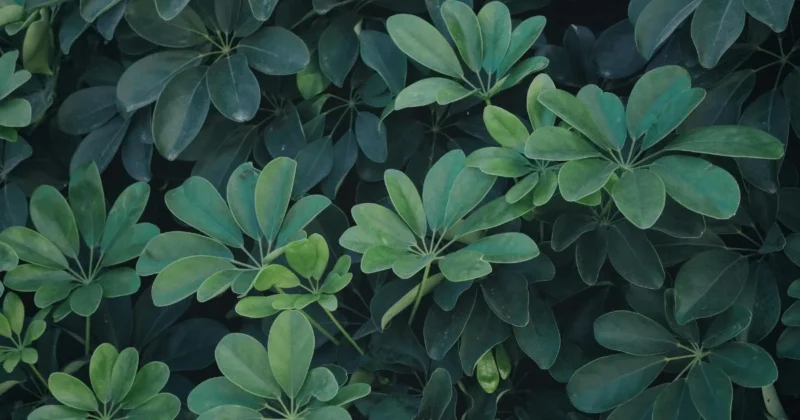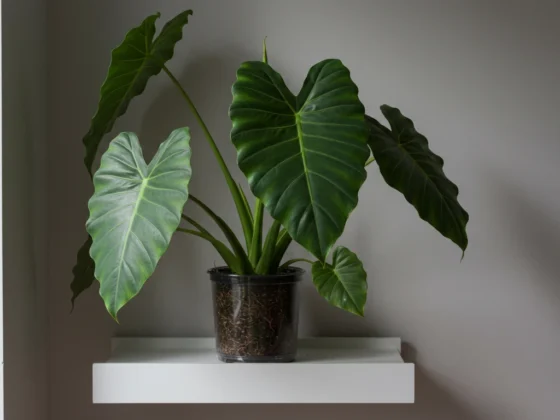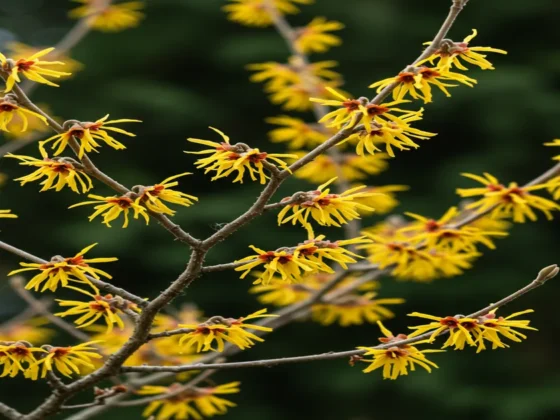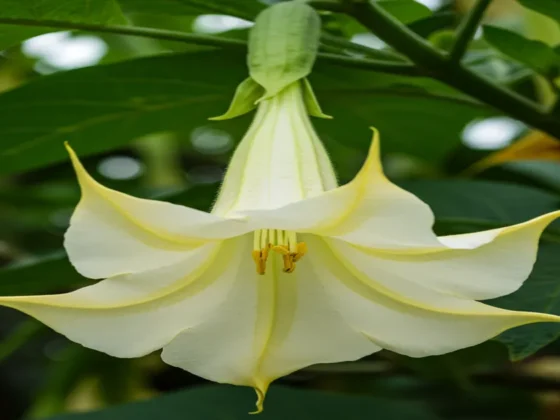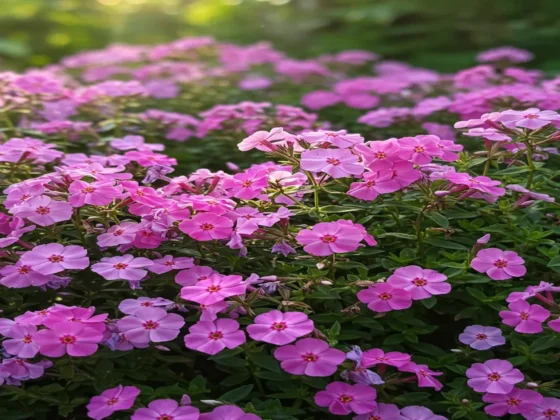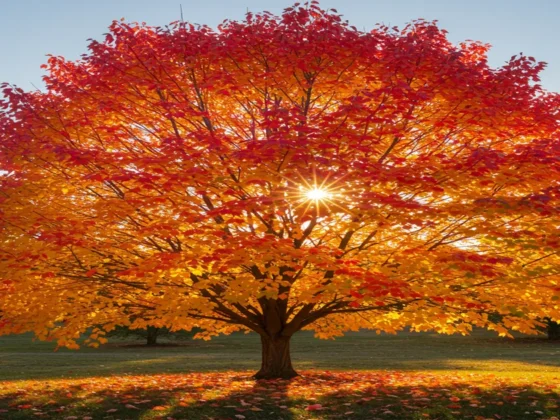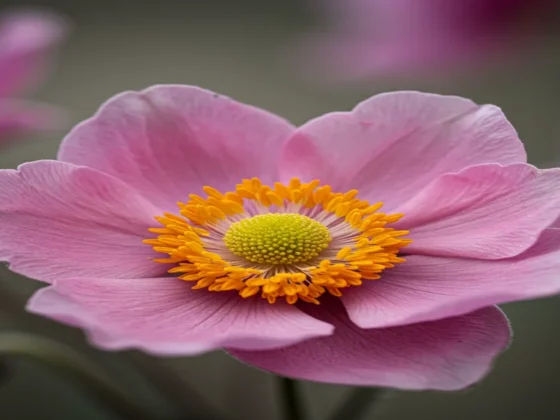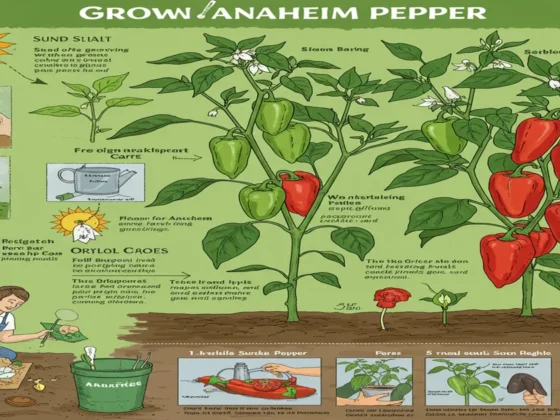Umbrella plants, also known as Schefflera, are a favorite among indoor plant lovers. They add a tropical vibe to any room with their unique, umbrella-like leaves. Whether you’re new to plants or have experience, knowing how to care for these plants can make your space greener and more vibrant.
Schefflera plants come from tropical areas and do well indoors. Their shiny leaves and strong growth make them a top pick for easy-to-care-for plants. With the right care, they can turn your home into a lush oasis.
Big , Small , or Bushy— What’s Your Favorite Schefflera ?
Schefflera plants are known for their umbrella-like leaves. They are fascinating tropical plants that plant lovers find intriguing. The schefflera actinophylla umbrella tree is a botanical marvel with its unique growth and striking look.
Common Varieties of Umbrella Plants
When you delve into schefflera plant care, you’ll find two main varieties:
- Schefflera actinophylla (Umbrella Tree)
- Schefflera arboricola (Dwarf Schefflera)
Natural Habitat and Growth Patterns
These tropical plants come from warm, humid places like:
- Australia
- Southeast Asia
- Taiwan
In their natural habitats, schefflera plants can grow quite tall. They can reach 10-15 meters high in the best conditions.
Basic Characteristics of Schefflera
| Characteristic | Description |
|---|---|
| Leaf Structure | Palmately compound leaves arranged like umbrella spokes |
| Growth Rate | Moderate to fast, depending on care conditions |
| Flowering Potential | Produces red or pink spike-like flower clusters |
Knowing these basic facts about schefflera will help you care for your umbrella plant. This ensures it grows well and looks vibrant.
Schefflera Plant Care : What It Needs to Grow Well
To grow your umbrella plant well, you need to know what it likes. These plants do best in conditions that remind them of their tropical home. The right care is key to keeping them healthy and looking great.
Ideal Environmental Conditions
Your umbrella plant needs certain things to thrive. Temperature is very important for its health. Here’s what Schefflera plants like:
- Consistent temperatures between 60-75°F (15-24°C)
- Protection from cold drafts and sudden temperature changes
- Stable indoor or sheltered outdoor environments
Humidity Requirements
These plants love moist air. To keep the air right, try these:
- Use a humidity tray near the plant
- Mist leaves regularly
- Group plants together to increase ambient moisture
| Condition | Ideal Range | Plant Response |
|---|---|---|
| Temperature | 60-75°F | Optimal Growth |
| Humidity | 50-60% | Healthy Foliage |
| Air Circulation | Moderate | Prevents Fungal Issues |
“The key to successful Schefflera care is creating a consistent, nurturing environment that reflects their native tropical habitat.” – Plant Care Experts
When you move your umbrella plant to a new spot, do it slowly. Quick changes can upset the plant and harm its health and looks.
Light Requirements and Placement Tips
Knowing what light schefflera plants need is key to keeping them healthy. Light affects their growth and looks. Different lights can change how they grow and look.
Indoor Light Conditions
Umbrella plants love bright, indirect light. Place them near windows that get filtered sunlight, like east or north windows. Don’t put them in direct sun, as it can burn their leaves. Grow lights can help in dark months.
- Ideal indoor locations: Near east-facing windows
- Recommended light intensity: Bright, indirect sunlight
- Distance from window: 3-5 feet for optimal growth
Outdoor Light Requirements
For outdoor schefflera plants, pick spots with partial shade. Morning sun with afternoon shade is best. Direct sun in the middle of the day can harm the leaves.
| Light Condition | Plant Response |
|---|---|
| Direct Sunlight | Leaf Burn, Yellowing |
| Partial Shade | Healthy Growth |
| Deep Shade | Leggy, Weak Growth |
Signs of Improper Light Exposure
Look out for these signs of light stress in your umbrella plants:
- Yellowing leaves: Often means too much direct sunlight
- Pale, washed-out foliage: Means not enough light
- Leggy stems: Shows the plant is reaching for more light
“Observe your plant’s response and adjust lighting accordingly for optimal schefflera plant care.” – Plant Experts
By managing light right, your umbrella plants will stay vibrant and healthy.
Watering Guidelines and Humidity Needs
Learning how to water your plants is key to their health. Umbrella plants need the right amount of water to grow well. Knowing what they need will help your plant thrive.
Watering is all about finding the right balance. Your schefflera likes soil that’s moist but not too wet. Here are some tips for watering:
- Check soil moisture before watering – top inch should feel dry
- Water thoroughly until liquid drains from pot bottom
- Reduce watering during winter months
- Use room temperature water to prevent shock
Humidity is also important for your plant. These tropical plants do best in humid environments. Ideal humidity levels range between 60-70%.
To boost humidity, try these ideas:
- Place a pebble tray with water near the plant
- Mist leaves regularly
- Group plants together
- Use a small humidifier
“Consistent moisture and humidity are the secrets to a happy schefflera.” – Plant Care Experts
Look out for signs like yellow leaves or droopy plants. These can mean you need to adjust your watering. Quick action will keep your plant healthy.
Soil Requirements and Potting Methods
Starting with the right soil and potting is key to caring for schefflera plants. Your umbrella plant’s health depends on a good growing environment. This environment supports strong root growth and plant health.
Choosing the right soil is the first step. Schefflera plants do well in soil that drains well and is rich in nutrients. This soil lets roots breathe and grow well.
Best Soil Mixtures for Schefflera
- Combine potting soil with perlite for better drainage
- Use a mix of peat moss, pine bark, and standard potting soil
- Keep the soil pH slightly acidic, between 6.0 and 6.5
- Add organic matter for nutrient retention
Repotting Techniques
Repotting your umbrella plant needs careful thought. Pick a pot that’s 1-2 inches bigger than the current one, with good drainage holes. Carefully remove the plant, check the roots, and trim any damaged parts before replanting.
| Repotting Frequency | Plant Age |
|---|---|
| Every 2-3 years | Mature plants |
| Annually | Young, growing fast plants |
Drainage Considerations
Drainage is very important for schefflera plant care. Waterlogged soil can cause root rot and stress the plant. Use pots with holes and avoid letting your umbrella plant sit in water.
“The key to healthy umbrella plants is creating an environment that mimics their natural tropical habitat.” – Plant Care Experts
By using these soil and potting tips, you’ll give your schefflera the best chance to thrive. Your umbrella plant will grow strong and beautiful.
Fertilizing Your Umbrella Plant
Proper nutrition is key for a healthy care umbrella plant. Your schefflera needs the right food to grow lush and vibrant. This keeps it strong and healthy.
The type of fertilizer needed changes with the plant’s growth and environment. In spring and summer, your umbrella plant needs regular food. This helps it grow well.
- Use a balanced, water-soluble fertilizer
- Choose a 10-10-10 or 20-20-20 NPK ratio
- Apply fertilizer every 4-6 weeks during growth periods
When picking fertilizers for your schefflera, remember these points:
| Fertilizer Type | Best Use | Frequency |
|---|---|---|
| Liquid Fertilizer | Quick nutrient absorption | Monthly during growing season |
| Slow-Release Granules | Consistent nutrient supply | Every 3-4 months |
| Organic Compost | Natural nutrient enhancement | Twice per growing season |
Pro tip: Cut back on fertilizing in winter. Your umbrella plant rests then. Too much fertilizer can harm the roots.
“Balanced nutrition is the key to a thriving schefflera plant.” – Botanical Experts
Look out for signs like yellow leaves or slow growth. These mean your plant might need more food. Change your fertilizing plan to meet your plant’s needs. This helps it grow best.
Pruning and Maintenance Techniques
Keeping your schefflera plant in top shape needs careful pruning and regular upkeep. The schefflera actinophylla umbrella tree does well with the right care. It stays healthy and looks great.
Proper Pruning Tools
Choosing the right tools is key for good schefflera plant care. You’ll need:
- Sharp, clean pruning shears
- Sterilized scissors
- Rubbing alcohol for tool cleaning
- Protective gardening gloves
Shaping and Size Control
Managing your schefflera actinophylla umbrella tree’s growth is all about smart pruning. Trim long branches to make it bushier and keep it the right size. Prune when it’s actively growing for the best results.
| Pruning Goal | Technique | Frequency |
|---|---|---|
| Compact Shape | Remove top 2-3 inches of stems | Spring/Early Summer |
| Size Reduction | Cut back main stems by 1/3 | Annually |
| Density Improvement | Trim crossing branches | As needed |
Dead Leaf Removal
Keeping your schefflera looking its best means regular leaf care. Remove any yellow, brown, or damaged leaves by:
- Spotting unhealthy leaves
- Using clean cutting tools
- Cutting close to the main stem
- Avoiding too much removal
Pro tip: Always clean your pruning tools between cuts to prevent potential disease transmission.
“Proper pruning is an art that promotes plant health and aesthetic appeal.” – Plant Care Experts
Common Problems and Solutions
Caring for schefflera plants means knowing about common issues. Umbrella plants face challenges that test even the most skilled gardeners. Spotting these problems early is key to keeping your plant healthy.
Pest Management Strategies
Spider mites and scale insects often attack umbrella plants. These pests can harm your schefflera’s leaves quickly. Look out for signs like:
- Yellowing leaves
- Sticky residue on plant surfaces
- Tiny web-like structures
- Visible insect clusters
To fight these pests, use neem oil or insecticidal soap. Regular checks on your plant can stop infestations before they spread.
Disease Prevention
Fungal diseases can harm umbrella plants in bad conditions. Too much water leads to root rot and fungal growth.
| Problem | Symptoms | Solution |
|---|---|---|
| Root Rot | Mushy roots, yellowing leaves | Reduce watering, improve drainage |
| Leaf Spot | Brown/black spots on leaves | Remove affected leaves, adjust humidity |
Environmental stress can hurt your umbrella plant. Changes in temperature, drafts, and uneven light can cause problems.
Consistent care is the key to a thriving schefflera plant.*
Knowing common issues and taking action can keep your umbrella plant healthy and lively.
FAQ
How often should I water my Schefflera plant ?
Check the top inch of soil for dryness. Water once a week in the growing season. In winter, water less. Make sure the soil drains well to avoid root rot.
What type of light do Schefflera plants need ?
They love bright, indirect light. Some morning sun is okay, but avoid intense afternoon sun. Indoor plants do well near bright windows. Outdoor plants need partial shade.
How do I increase humidity for my umbrella plant ?
Mist the leaves often, use a pebble tray, or a humidifier. Grouping plants or placing them in humid areas helps too.
Can I propagate a Schefflera plant ?
Yes, use stem cuttings. Cut 4-6 inches with leaves, remove lower leaves, and place in water or mix. Keep it warm and humid for 4-8 weeks.
What are common pests that affect Schefflera plants ?
Watch out for spider mites, scale insects, and mealybugs. Inspect regularly, keep clean, and treat fast with soap or neem oil. Isolate sick plants.
How often should I fertilize my Schefflera ?
Fertilize once a month in spring and summer with a balanced fertilizer. Dilute it to half strength. Stop in fall and winter when it grows less.
Why are the leaves of my Schefflera turning yellow ?
Yellow leaves mean overwatering, underwatering, poor drainage, or not enough light. Check your watering, drainage, light, and fertilization.
Can Schefflera plants be grown outdoors ?
Yes, in USDA zones 10-12. They need warm, humid weather and can’t handle frost. In cooler areas, bring them inside when it gets cold.


